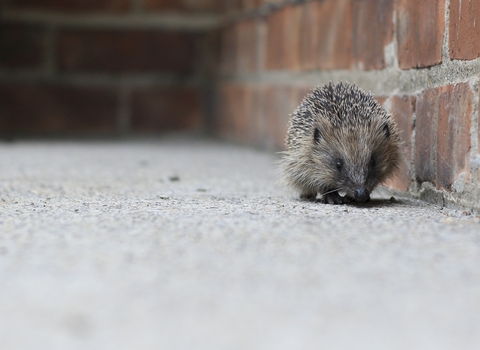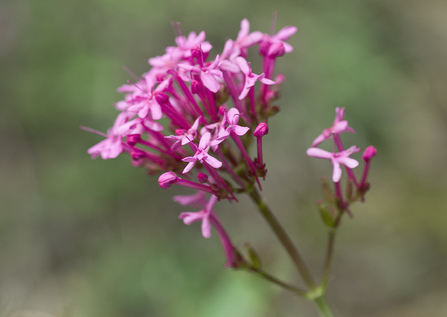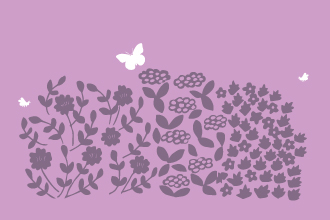
How to make a gravel garden for wildlife
Surfaced spaces have all kinds of uses. You may need off-street parking, a low-maintenance alternative to a lawn, a path running between flower beds, or just somewhere to sit. There are many surfaces to choose from – paving slabs, poured concrete, granite sets, bricks, decking, turf but gravel can be one of the more wildlife-friendly options. Not only is it low-maintenance and relatively cheap for you, but it provides the perfect environment for drought-tolerant planting which can attract wildlife when other parts of the garden may not.
Planning your gravel garden
- Find a sunny position for your gravel garden as this is best for drought-tolerant plants.
- Decide on the shape of the area you want to gravel and mark it out, including areas for planting. Make sure that you give the plants room to spread about. An informal, fluid shape is most suitable for this style.
- Consider incorporating a gravel pool into your garden to maximise its wildlife appeal.
- Start planting! A gravel garden naturally lends itself to Mediterranean-style, drought-tolerant planting. Lavender, rock rose, cotton lavender and phlomis are ideal and provide plenty of nectar for visiting insects.
Gravel provides the perfect environment for drought-tolerant planting, attracting wildlife when other parts of the garden may not
Establishing your gravel garden
- Rake the area to gravel. It should sit about 5 cm below the surrounding ground to allow for the layer of gravel mulch.
- If your soil is not naturally sandy or gravelly, it might be necessary to dig to a depth of about 5 cm, incorporating plenty of grit or gravel and some well-rotted organic matter.
- Plant up the bed with suitable drought-tolerant planting. Avoid weed-suppressing membranes at this stage as they will make it more difficult for your chosen plants to self-seed.
- Once planted, the bed can be mulched with 5 cm gravel or shingle. Try to match the colour to other paved or stone structures in the garden.
- A gravel pool is easily built by digging out a shallow hole to an approximate depth of 30 cm in the centre with sloping sides. Like a normal pond, this is lined with a butyl liner and the edges are buried around the sides in a trench or under large stones. Lay a thin layer of soil over the base and then a 5 cm layer of 0.5-1 cm gravel or shingle, adding a few larger stones for variety. Fill with water. Plant around the edges with soggy-soil-loving plants like marsh marigold and ragged-robin.
Maintaining your gravel garden:
- Keep the plants well-watered for their first season.
- Top-up the gravel when necessary.
- You may need to weed out the more invasive intruders for the first few years until the plants fill out and start spreading around.
- Keep the gravel pool topped up, especially in hot weather as the water is likely to evaporate fairly quickly.
Suggested plants
- American harebell - Campanula carpatica
- Bugle - Ajuga reptans
- Cotton lavender - Santolina chamaecyparissus
- Dyer's chamomile - Anthemis tinctoria
- English lavender - Lavandula angustifolia
- Euphorbia spp.
- Fleabane - Erigeron spp.
- Foxglove - Digitalis purpurea
- Phlomis spp
- Primrose - Primula vulgaris
- Red Valerian - Centranthus ruber
- Rock rose - Cistus spp.
Struggling for space?
If you can’t commit to a whole area of gravel garden, you can make mini gravel gardens by lifting a patio slab or two and treating the gaps in the same way as outlined above. This provides more planting opportunities and even happier wildlife.

Hedgehog © Tom Marshall




